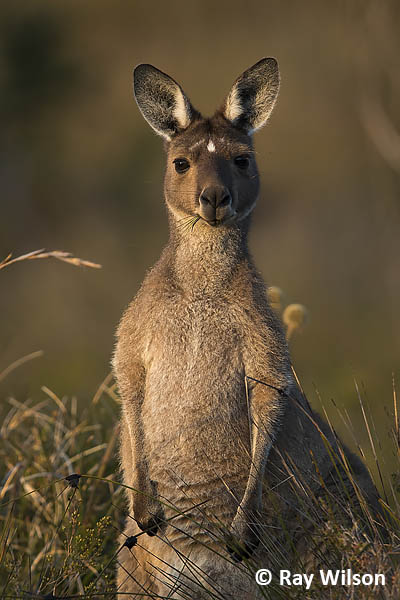
- Home
- Photography Tours
- Diary / Blog
- Galleries
- Foreign Trips
- Tasmania 2016
- NE Queensland 2016
- Western Alps 2016
- NE Spain 2016
- Australia's Wet Tropics 2015
- Australia's Top End 2015
- SW Australia 2015
- Switzerland 2015
- Andalucia 2015
- Belize 2015
- Australia 2014
- Switzerland 2014
- Belize 2014
- Bahama Islands 2014
- Switzerland 2013
- Ecuador 2012-2013
- Florida 2011-2012
- Vancouver Island 2011
- Australia 2010
- Peru 2008
- Bulgaria 2007
- Lesvos 2006
- California 2006
- New Zealand 2005
- Extremadura 2005
- Goa, India 2004
- The Gambia 2003
- About
September 2015
Southwestern Australia
Part 4: Cheyne's Beach
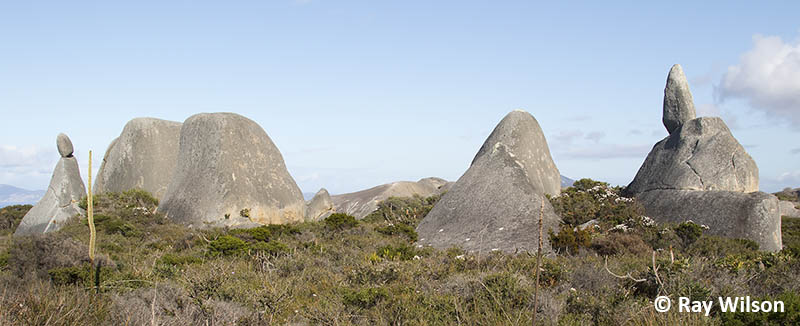
rock formations at Waychinicup National Park
Most birders visit Cheyne's Beach to see the 3 elusive southwestern skulkers (Noisy Scrub-bird, Western Whipbird and Western Bristlebird). Catching a glimpse of Noisy Scrub-bird is pretty easy here as they very predictably run across the beach access road every evening at dusk, but your chances of getting good photographs them are very low as the combination of slow shutter speeds in the dimming light of dusk and the bird only being visible for a fraction of a second as it dashes across the road at high speed make it extremely difficult.
After my experiences last year, I decided not to bother wasting a lot of time on this species this year and spent most of my time wandering around heathland scrubs of Waychinicup National Park, frequently mocked by the ringing calls of numerous, invisible Noisy Scrub-birds. They are quite common here...it's just seeing them that is difficult!
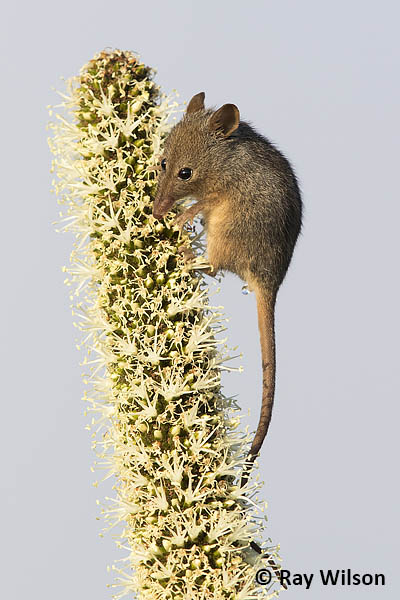
Honey Possum (Tarsipes rostratus)
By far the highlight of my stay at Cheyne's Beach were the Honey Possums which could most easily be observed feeding on the Grass Tree flower-spikes in the early morning. I saw them on all 4 morning so my stay but their feeding activity had usually ceased by around 7am, although on one overcast morning they were still feeding at 9am when I left to go and get some breakfast of my own! These small, mouse-like marsupials feed exclusively on nectar and pollen and require habitat where there is a constant year-round supply of flowering shrubs to survive.
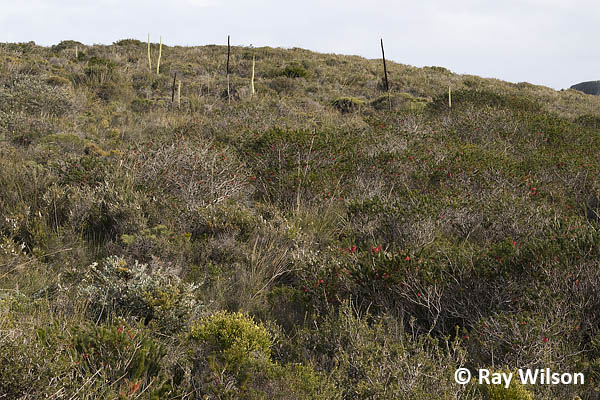
Prime Honey Possum habitat with plenty of flowering shrubs and Austral Grass Tree (Xanthorrhoea australis) flower spikes
The Xanthorrhoea flower spikes were also popular with nectarivorus birds such as Silvereyes.
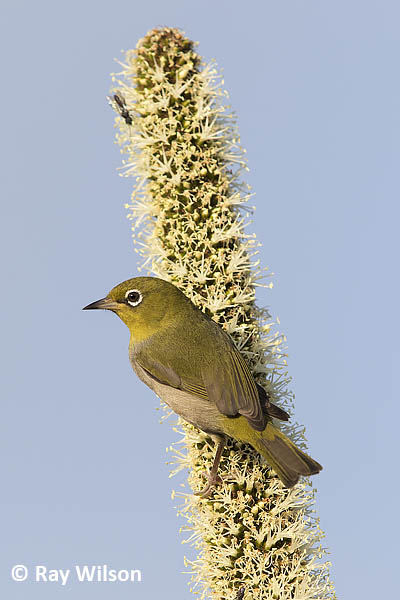 |
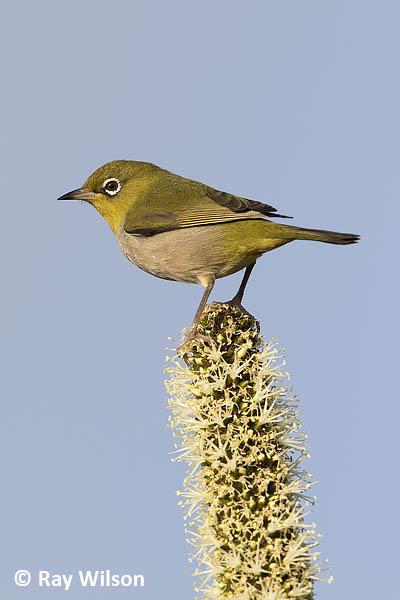
|
Silvereye (Zosterops lateralis chloronotus) - note the uniform green back and nape of the south-western subspecies
One of my other main targets at Cheyne's Beach this year was Western Spinebill, the most beautiful of the south-western honeyeaters. They are fairly common throughout the heathland at Waychinicup but are highly mobile and very fidgety, never seeming to sit still for a second.
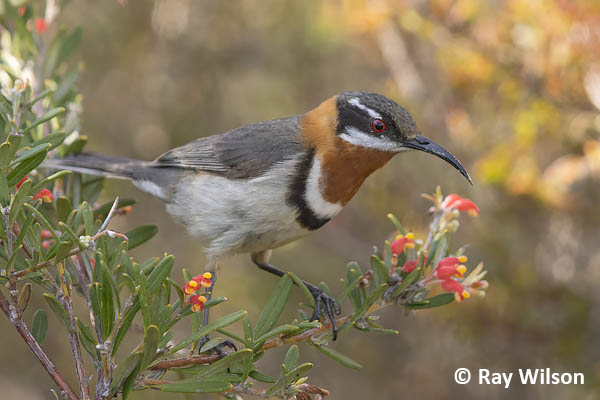
Western Spinebill (Acanthorhynchus superciliosus)
It almost looks like I've desaturated the background of the photo below in Photoshop to highlight the colours of the gorgeous male Western Whistler, but I can assure you those are the actual, natural colours of the vegetation it was sitting on and the photograph has not been tampered with in any way...
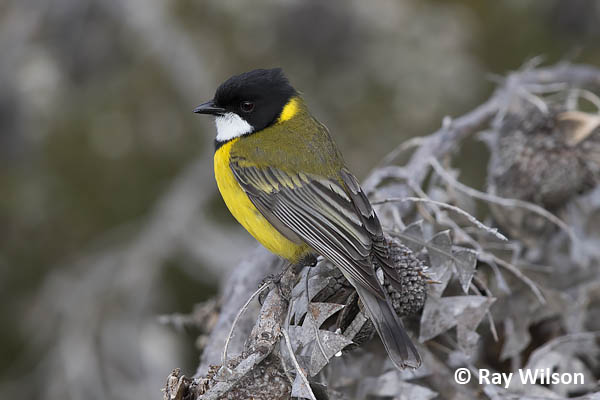
Western Whistler (Pachycephala occidentalis)
Unlike many of the southwestern endemics found at Cheyne's Beach, White-breasted Robins are reasonably easy to both find and photograph.
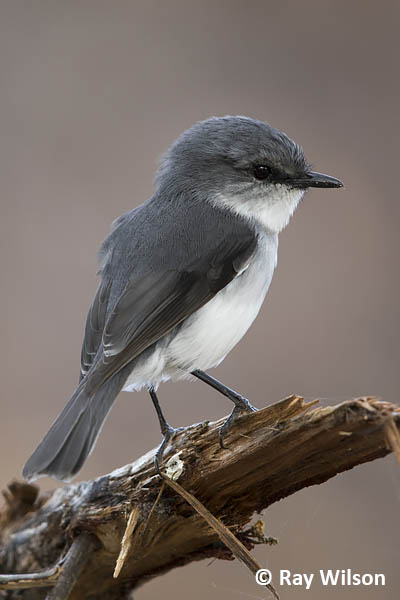
White-breasted Robin (Eopsaltria georgiana)
The spottily-breasted southwestern maculatus race of White-browed Scrubwren is common in the scrub in and around the caravan park.
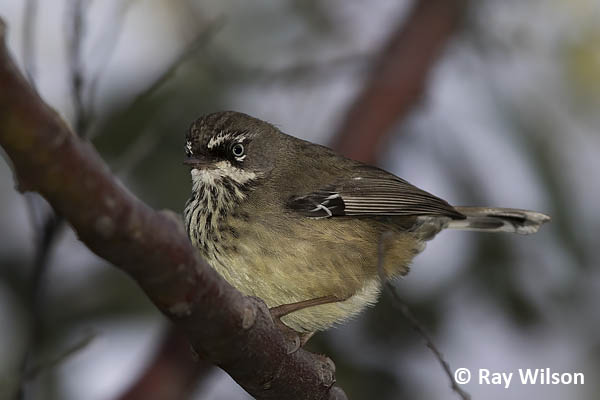
White-browed Scrubwren (Sericornis frontalis maculatus)
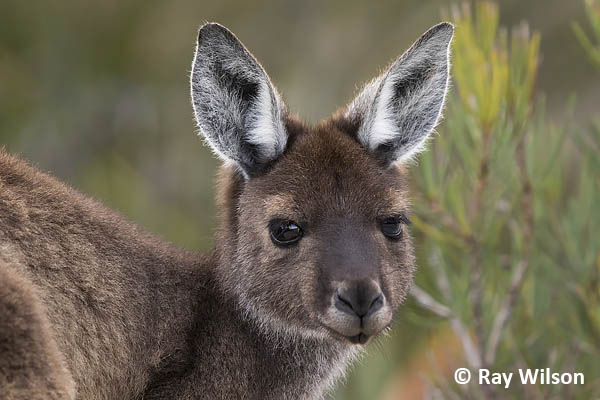
Western Grey Kangaroo (Macropus fuliginosus)
The kangaroos around the caravan park are well used to humans and generally don't pay too much attention to you if you quietly walk past...They do tend to have a bit of a look though if you stop and point a huge lens at them!
Western Grey Kangaroo (Macropus fuliginosus)
Shinglebacks, or Stumpytails as they are sometimes called, are bizarre-looking lizards. They are very sluggish reptiles and even when the ambient temperatures are high, they never move any faster than a sedate, meandering walk...it is pretty much the lizard-equivalent of a tortoise!
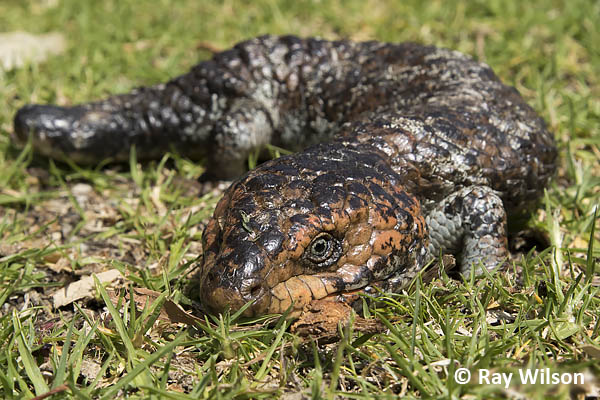
Shingleback (Tiliqua rugosa)
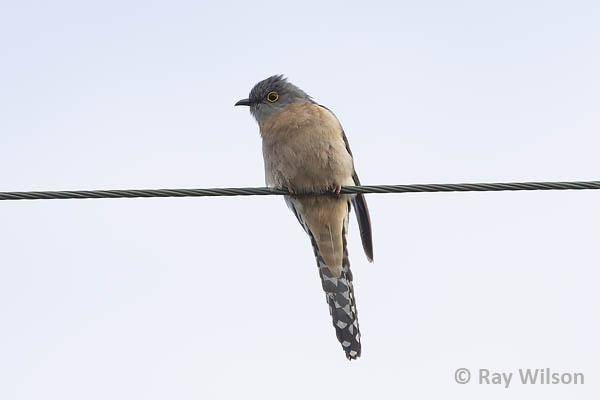
Fan-tailed Cuckoo (Cacomantis flabelliformis)
Ray Wilson owns the copyright of all images on this site.
They may not be used or copied in any form without prior written permission.
raywilsonphotography@googlemail.com
